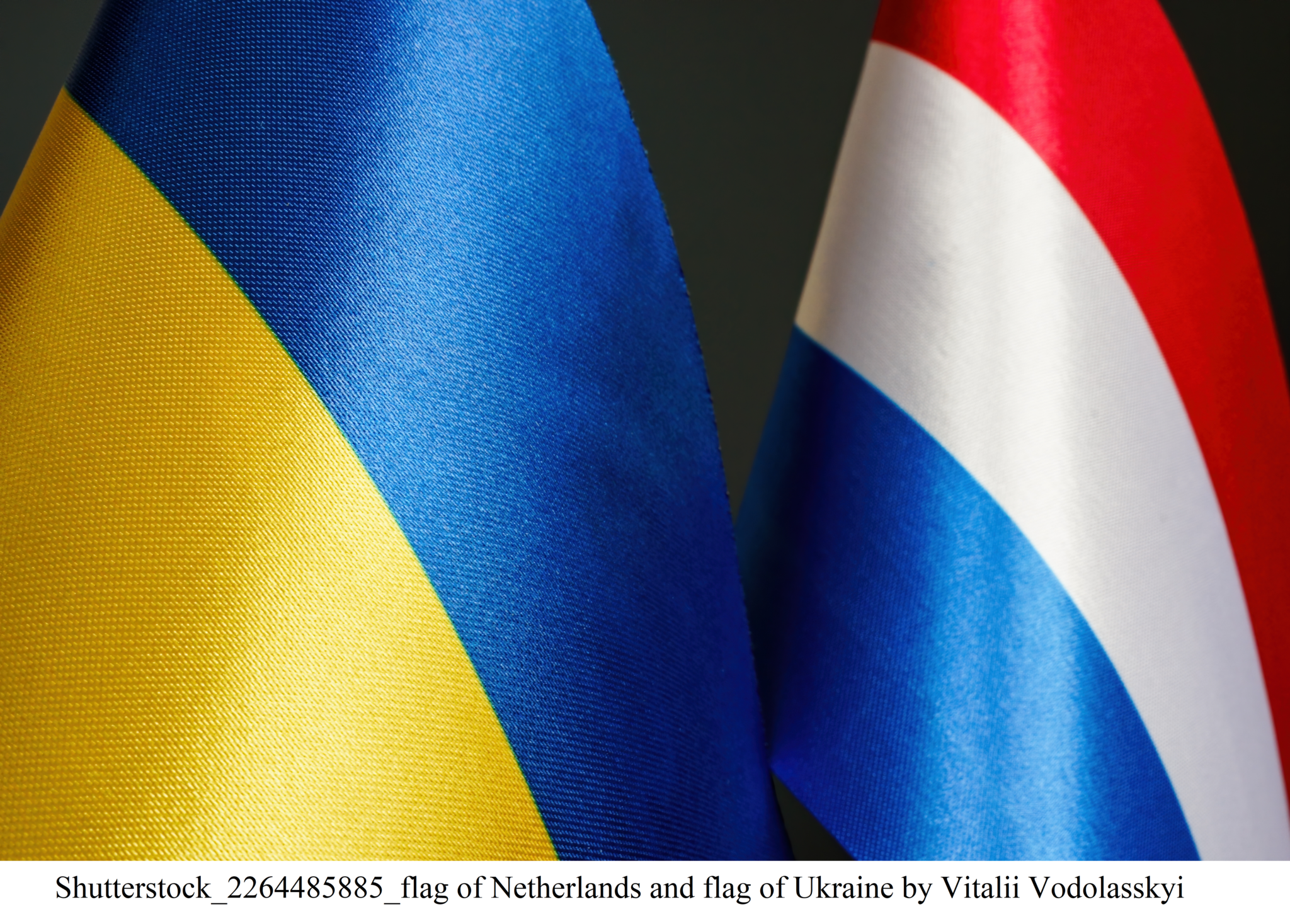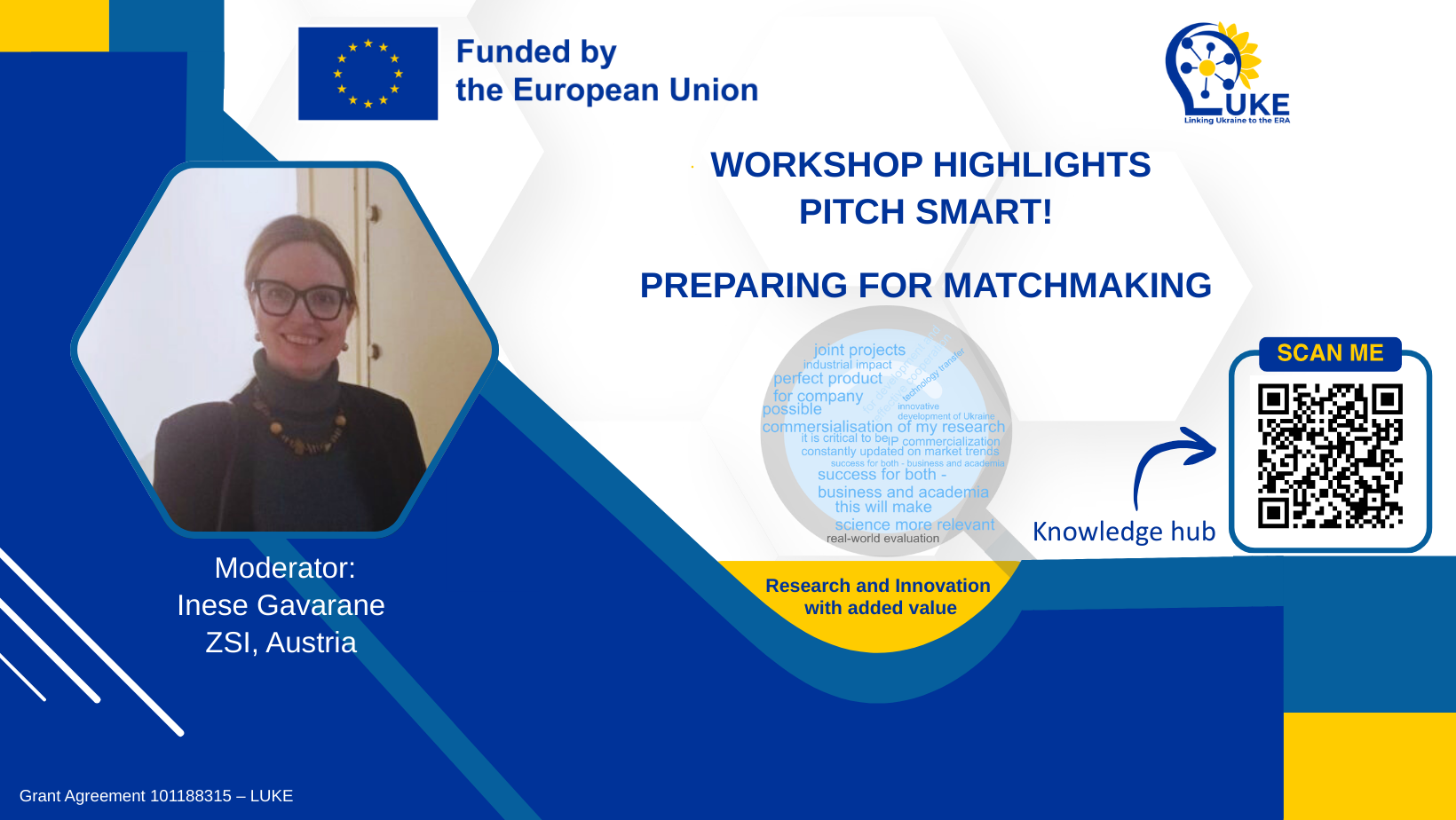Scientists are working to make the urban space of the metropolis ecological and safe
Imagine the city of your dreams: silence, green grass, trees, safe hiking and biking trails. All vehicles are moving underground, there are no traffic jams on the roads. Scientists are convinced that in order for the above-ground city to be clean, convenient and safe, it is necessary to create a developed underground infrastructure of the metropolis. Scientists of the National Technical University of Ukraine “Kyiv Polytechnic Institute named after Igor Sikorsky” are working on such a project today.
Project Supervisor, Corresponding Member of the NAS, Deputy Director of the Institute of Applied Systems Analysis (IASA) Natalia Pankratova says that the project executors are experienced as well as young IASA scientists and the Department of Geoengineering of the Institute of Energy Conservation and Energy Management, who have been working for several years with the proplem of the urban space of Kyiv.
– The idea of our work is to use the possibilities of underground space, – Ms. Pankratova explains. – The most dangerous surface objects and communications must go underground. This is important, because the health and safety of urban residents directly depends on the man-made and environmental safety of urban space.
For example, underground car tunnels can significantly reduce the amount of exhaust gases in the city center. Exhaust gases from the tunnel can be removed and disposed of, as it is done, for example, in the Scandinavian countries.
So that the sewerage doesn’t “float” into Dnipro
The problem of transporting sewage from right-bank of Kyiv to the Bortnytsia aeration station also needs an immediate solution. Today, all sewage from the right bank of the capital and nearby cities go through metal pipes along the bottom of Dnipro. The service life of the system is almost exhausted, they are now tries to “strengthen” it, but this is only a temporary emergency measure. The technical breakthrough pipes can cause accident. Only the construction of a tunnel culvert next to Dnipro will make this situation impossible.
Another problematic area is the project of the southern bridge crossing of the ring highway across Dnipro. An alternative, according to scientists, could be provided by paired car tunnels that will come to the surface outside Ukrainka town – this would free this settlement from the huge flow of traffic.
And on the territory of Kyiv Podil next to Dnipro and near the Poshtova Square, it is high time to equip a recreational zone of European level. To do this, the flow of vehicles from the surrounding streets and overpasses must be directed underground. By the way, in the EU countries the program of free access to urban rivers is a “marker” of the European city.
16 levels of the underground city
Of course, the regulation of urban development in megacities is one of the world’s most difficult problems. Scientists in many countries are working to create a developed underground infrastructure of large cities, to “hide” underground everything that contains environmental and man-made risks.
A striking example of “underground city” planning is the Finnish capital Helsinki. in this city, more than 400 underground facilities were built according to one same plan. These facilities effectively solve the territorial, transport, energy, environmental and other problems of the capital. There are also larger “underground cities” – next to Montreal, Tokyo (16 underground levels), Beijing, Shanghai and more. Ilon Musk’s tunnel project for US cities (high-speed movement of motor vehicles on platforms) is also impressive. The cities of the future must be safe!
Identifying risks before construction begins
After winning the competition, scientists began an active work on the introduction of methods of system analysis to the development of the underground space of the capital.
Today, a morphological model of the development of underground infrastructure of large cities has been created, as well as a method for determining the priority of construction of underground transport infrastructure. The obtained results were used to build scenarios taking into account the dynamics of the city.
What is the secret of success
Ms. Natalia advises colleagues who are just planning to submit their projects to NFDU competitions to take it seriously.
– It’s important to understand that the call is quite complex, the competition is high, – says the researcher. – The “secret of success” has at least three components: you have to suggest an important topic that solves the problems of the community, the research team must have high ratings and previous experience (background).
Svitlana GALATA





